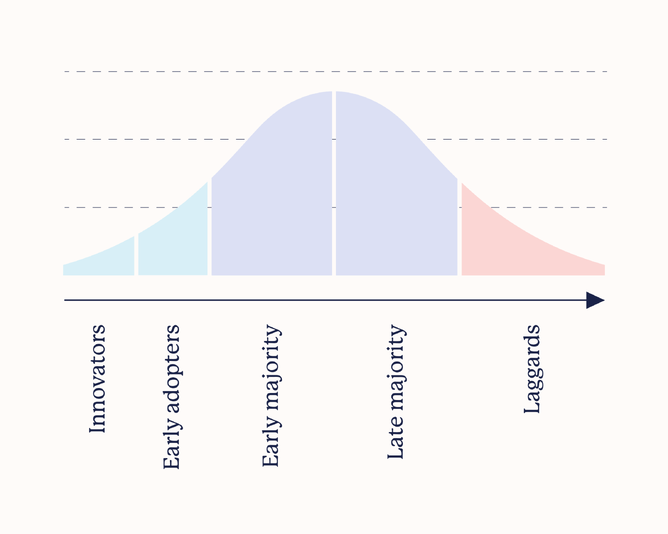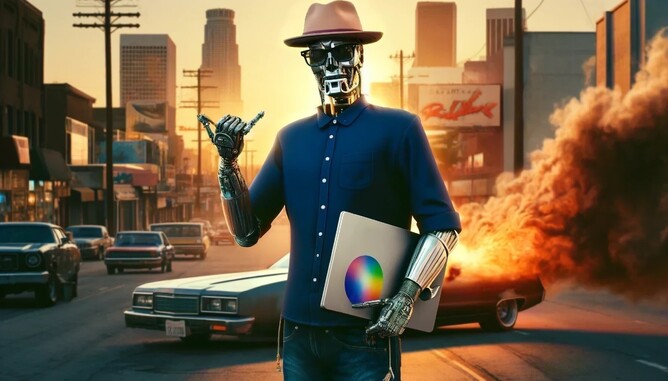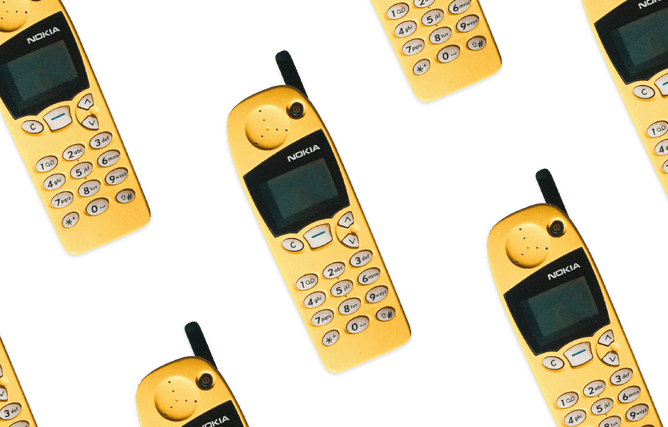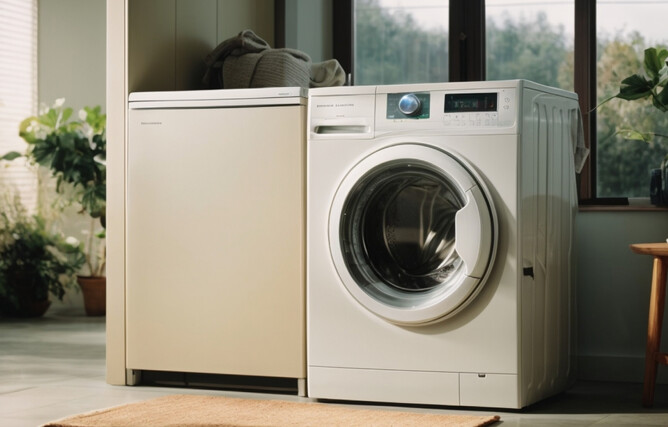Working in technology for the last 14 years, friends often say to me “wow, how do you keep up, your industry moves so quickly!” While it might seem like that to someone outside the industry, in some ways it has felt slow for us. We get an early heads-up about new technology and often have to wait years for all web browsers to support that tech or for the late majority and laggards to adopt new tech.
That is not the case with the advancement of AI technology. AI technology is progressing at an exponential rate that we haven’t seen in our time at the helm of website builder Rocketspark. This can feel a little dizzying for all of us.
It’s natural to go all Skynet and Big Brother when thinking about the final destination of AI—Hollywood has been telling these stories for decades. But will life imitate art when it comes to the future of work?
Open AI CEO Sam Altman (creators of Chat GPT) shared about the potential downsides of AI with the New York Times:
“ I actually don’t think we’re going to go extinct. I think it’s going to be great. I think we’re, like, heading towards the best world ever. But when we deal with a dangerous technology as a society, we often say that we have to confront and successfully navigate the risks to get to enjoy the benefits. I can imagine that if this technology stays on the same curve there are systems that are capable of significant harm in the future. Humans are very bad at having intuition for exponentials. Again, I think it’s going to be great. Like, I wouldn’t work on this if I didn’t think it was going to be great. People love it already and I think they’re going to love it a whole lot more.. But that doesn’t mean we don’t need to be responsible and accountable about what the downsides could be.”
Will AI replace me as a graphic designer?
It's been on my mind for a while, the rapid advancement of generative AI and what this could mean for graphic designers. I've held back from writing about this, partly because the chatter around "will AI replace me?" can be somewhat wearisome. I recently wrote about how Chat GPT can help graphic designers have an edge over their competitors by being more efficient—the article takes a more optimistic approach to the here and now, rather than wallowing in existential worry about the future.
Years ago when easy do-it-yourself website builders started coming on the market, some people thought it would replace the web design industry entirely. However, web design agencies and freelance web designers are still thriving.
In our experience at Rocketspark, for the people that approach Rocketspark needing a website, around half of them aren’t interested in doing it themselves. No matter how easy the product is or how much it does for them, they want to pay someone else to do the heavy lifting and provide advice. One Rocketspark customer recently referred to themselves as a “techno-dork”, which directly translates to “I’m not tech savvy” and they were thankful to have our support team in their corner. AI design seemingly has a long way to go before a “techno-dork” could push a button and get a comparable result and comparable client effort to that of working with a professional graphic designer for a brand identity or website design.
Rather than looking at whether AI will replace graphic designers like some sort of overnight extinction event (which seems unlikely), in this article I’m going to forecast what the gradual stages of AI progression might be for a career in graphic design.
Predicting the impact of AI on graphic design
Where are we now? AI assists us to do some of our work
When we first started working with AI at Rocketspark in 2019, one of the summer internship students told me in the first week that AI was too experimental to be applicable in a business context. Then after a long season of development using an early version of Open AI’s GPT 2 technology, we launched Flint, our AI-assisted SEO tool.
Millions of people are now using Chat GPT (they’re up to version 4 and 5 is in the works) to accelerate their workflow to write faster, research faster, formulate thinking, learn better processes and communicate more effectively. While I think we are all a little dumbfounded by how powerful the technology is, AI is no longer just something used by techies or a funny party trick.
AI still has some quirks. It has a penchant for cheesy catchphrases, slightly awkward metaphors and text that all kind of sounds the same. AI image generation or AI assisted design tools sometimes generate some laughable results but the exponential nature of AI progression means this is just a point in time on a steep curve of increasing capability. A hilarious example of this was Dall-E 2’s inability to generate realistic images of hands, replaced by incredibly detailed and accurate images of hands in Dall-E 3, the next version.
I believe that we are at the Nokia 5110 of AI progression. This now primitive mobile phone was released in 1998 and was hugely successful, soaring Nokia to more than 50% market share. Yet the first iphone with a large colour touch screen and the power of a computer in your hands was only released 9 years later.
Both Elon Musk and Sam Altman refer to the S curve of technological advancement. New technology starts slow, advances exponentially and then starts to reach its limits. We are still a long way off reaching the limits of AI.
While it’s difficult to predict the exact timeline of AI due to the rapid progression, here’s an estimate of what we could see based on the current rate of progress.
From now > 18 months: AI replaces more mundane design tasks
As more technology businesses scramble to integrate AI into their products, AI will transition from assisting us with our work to completely replacing certain tasks. Kind of like going from old-timey hand washing of clothing to throwing clothes in a washing machine and pushing a button. There will still be some manual work involved, kind of like moving the clothes from the washer to the dryer and folding and putting away.
At this point in the progression, the way designers can differentiate themselves from AI-assisted DIY design is by providing strong brand strategy thinking and providing an amazing customer experience for their clients. Which actually just sounds a lot like the current difference between great designers and do-it-yourself tools.
Writing great content is a key area AI can help, but only with the right inputs. At Rocketspark, we recently released a major update to our website builder that enables a whole home page of content to be written for a new website, as well as quickfire text improvements like shortening, lengthening and improving text on the fly.
Next 1-2 years: AI replaces/automates many design and business admin tasks
At this stage, many clients will still be happy to work with graphic designers to help them look good with design. In some ways, your workflow should become more efficient as things don’t take as long to complete and AI can assist with mundane tasks. A simple expression of this concept is AI background removal—once a tedious task in photoshop.
We won’t just see design tasks automated. Productivity tools will incorporate more AI into mundane, repetitive or difficult tasks. For designers this might affect how they manage projects, price projects or write emails to clients.
In a few years time, it could be common to hear things like “I can’t believe I used to do this manually”.
I recently joined a webinar with the team from Figma (a digital design software popular with software designers). They surveyed 1800 Figma users (designers, executives, developers) between February 26th and March 3rd, 2024 across 7 countries. They found that 15% say generative AI plays a significant role in their product or service today. However, by contrast 89% say that AI is going to have at least some impact on their company's products or services in the next 12 months with 37% saying AI is going to have significant or transformational impact on products or services in the next 12 months. When this coming wave of AI adoption by software companies comes online, this will have a significant affect on the way we work.
Next 2-4 years: Design for some projects is almost entirely done using AI but the thinking still driven by human input
Right now, AI design tools that claim to “do it all” are a bit of a gimmick. There’s AI web design tools popping up but the results are a bit bleh and no threat to the quality of work produced by professional graphic designers—at least for now.
This will reach a point where AI generated design might get you 80% of the way there and through designer input, the entire project is refined and completed using AI — with a designer at the steering wheel still contributing their design thinking.
This process might be available to non-designers but the experience of driving the AI could be difficult to achieve a strong result without the insight of a designer to capture the story of the brand’s audience and communicate this effectively to the AI.
Next 5-10 years: Most small businesses adopt AI-generated design and marketing but some designers still help some brands stand out from the AI-generated sameness
For freelance designers, this is probably the most scary stage of AI progression. The earlier stages are more about speeding up the design workflow but at this point in AI progression, AI will be better at thinking like a designer, not just following the instructions of a designer. The most at-risk designers here are the ones that are weak on brand strategy and aren’t adding as much value with design thinking.
Are you a design tinkerer or a design thinker? Design tinkering—trial and error until you get something the client likes—will be the easiest type of work for AI to replace because it’s slow, systematic, relatively low cognition work. AI will also outperform humans on speed here, so while you might trial and error 3 concepts and hope one appeals to the client, AI could produce 20 in less than a minute.
As generative AI tools become more adept at design tasks, it's inevitable that businesses will flock to them. The allure is undeniable: efficiency, cost-effectiveness, and a level of quality that will become increasingly hard to distinguish from human-created work. However, therein lies a paradox. When everyone has access to the same level of AI-generated design, differentiation becomes a challenge. There may be an opportunity here for unique brand identities to stand out in a sea of AI-generated sameness.
This is where the graphic designer's role is poised for a transformative leap. The future beckons designers to evolve from mere practitioners of design tools to architects of brand strategy. In an AI-saturated market, the designer's insight, creativity, and strategic thinking become invaluable.
Designers must now view themselves as brand strategists, blending their innate creativity with AI-assisted design. It's about leveraging AI for what it does best – efficiency and precision – while infusing the human elements of empathy, understanding, and strategic foresight. It's about understanding the heart and soul of a brand and articulating this through design in a way that AI alone cannot.
Because of the efficiency gains that AI will bring, at this stage we will likely see a reduction in the number of designers required to meet market demand for design services. The AI may also be a leveller around skills. Rather than having diverse specialties like design, marketing and writing, AI can fill in skills gaps, so we just need capable AI drivers to produce the best work.
The future: Will any of us have jobs?
Being interviewed by UK Prime Minister Rishi Sunak, Elon Musk painted a future where none of us need jobs: "We are seeing the most disruptive force in history here. There will come a point where no job is needed - you can have a job if you want one for personal satisfaction but AI will do everything. It's both good and bad - one of the challenges in the future will be how do we find meaning in life."
We might be a long way away from Terminator 2 feeling like reality TV. A more imminent threat is not to our lives but our lifestyles. If we did see significant reductions in the number of jobs or careers required, this could have a significant impact on the way our society looks and how governments adapt to those changes will become an important discussion in the future.
Conclusion: A new dawn for graphic design
Maybe the future isn't about AI replacing designers but rather about AI augmenting their abilities. It's a partnership where AI handles the grunt work, freeing designers to focus on higher-level creative and strategic tasks.
So, as we stand at this crossroads, the message to graphic designers is clear: evolve, embrace AI, and elevate your role. And remember, those at the front of the wave may have a significant advantage over the late majority and laggards because they’ll have more time to adapt their business or career to a new way of working.
The future is likely a blend of human creativity and AI efficiency. In this new world, the graphic designer becomes more vital than ever – a visionary, a strategist, and an irreplaceable part of the creative process.







